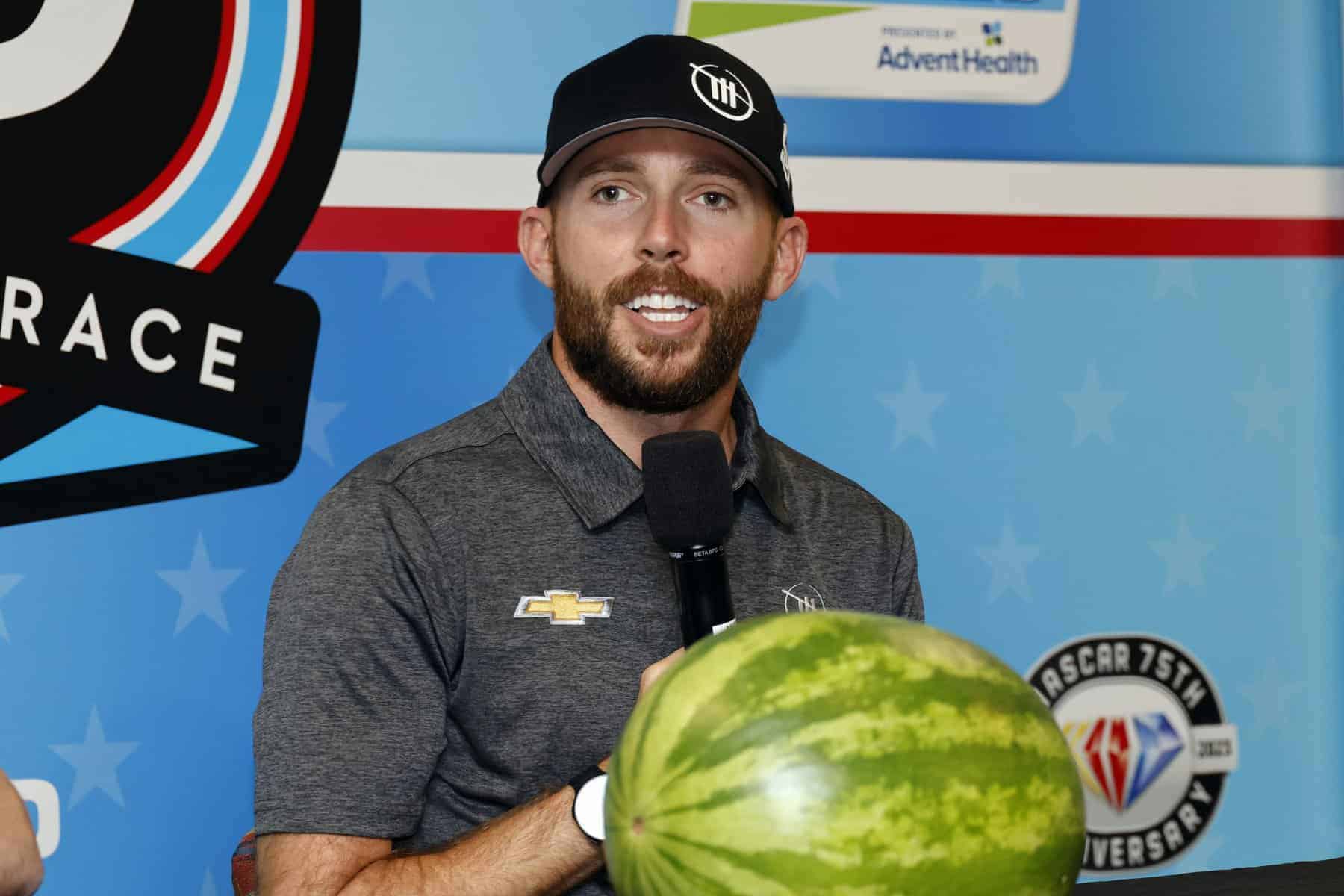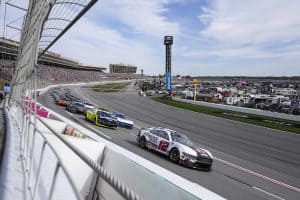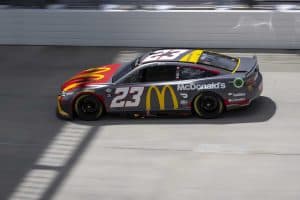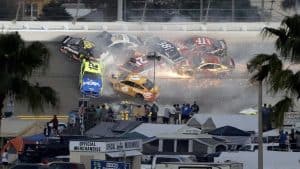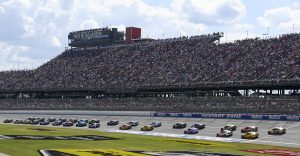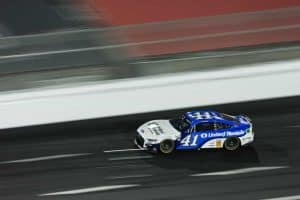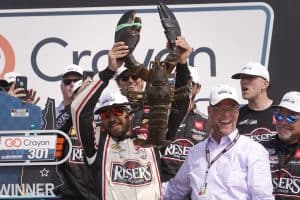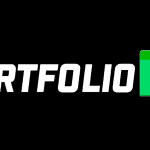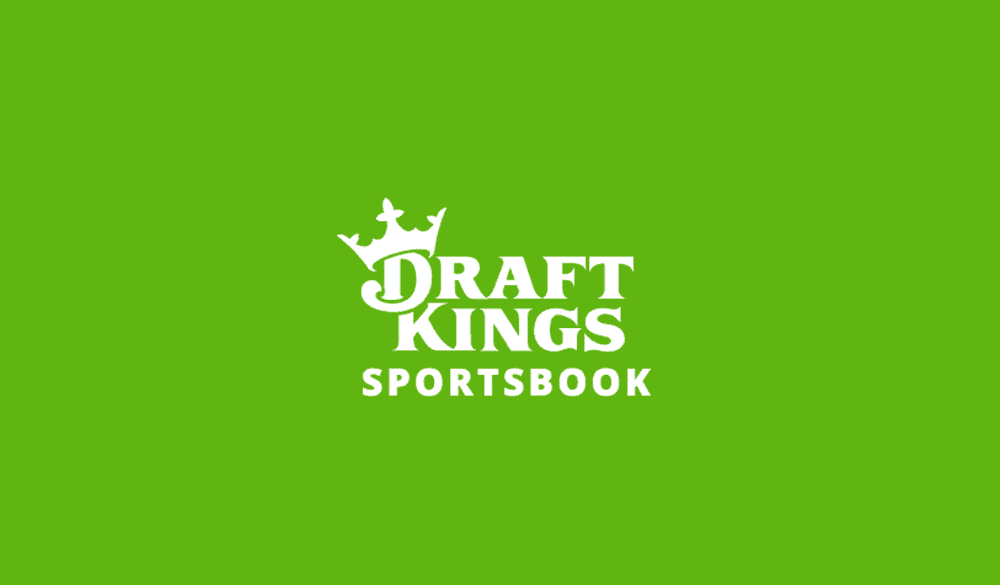Each installment of Isaiah’s Methods & Opinions (IMO) is brought to you by No House Advantage, a cutting-edge daily fantasy site that allows users to risk little and win big in over 30 states. Bet VS. THE HOUSE to win up to 21x your money or play in PICK’EM CONTESTS against other users! New players can secure up to a $100 deposit match by registering with No House Advantage today! This week’s column will focus on evaluating a driver’s equipment in NASCAR — and Trackhouse Racing.
Let’s plunge back into the depths of NASCAR betting, shall we? Before the Daytona 500, I laid out several key considerations for NASCAR bettors, including equipment quality. That’s what we’ll focus on this week. I’ll be here every week for two installments of Isaiah’s Methods & Opinions (IMO)! You can trust me to break down the betting trends and sports news that will give you an edge on the sportsbooks.
No bettor can hit every bet, but the key to profitable sports gambling is to develop a successful process — or method — for identifying sharp wagers. It’s the application of sharp opinions to that method that separates the wheat from the chaff in the sports gambling world. If your priors are wrong, you’ll end up sweating more bets than you must.
This column will help bettors develop sharp methods and come to well-informed opinions.
Isaiah’s Methods: Evaluating Equipment Quality | Sponsored by No House Advantage
Although much of NASCAR gambling hinges upon identifying drivers with enough talent to get the most out of their cars, it’s also essential to know which cars are the fastest. Said another way, it’s important to know how much exists for a driver to get out of their car. For example, Ross Chastain and Alex Bowman, now drivers with multiple wins in the Cup Series, spent years languishing in backmarker cars that simply couldn’t win. Although we now know they have race-winning talent, that much wasn’t obvious back then.
Equipment quality is a necessary consideration for every motorsports bettor. Some might argue that it determines the outcome of most Formula 1 races — teams like Red Bull, Ferrari and Mercedes have dominated that sport for the better part of three decades. IndyCar, America’s form of open-wheel racing, saw one team win nine of the 17 races and the championship last year. A driver’s talent matters — but so do behind-the-scene factors like engineering talent and manufacturer investment.
Three key factors can help you identify equipment quality. First, identify the manufacturer that your driver races for. The Cup Series currently features three: Ford, Chevrolet and Toyota. A dominant manufacturer hasn’t emerged thus far in the Gen-7 era, but that may not remain true forever. Chevrolet’s massive stable and success with Hendrick Motorsports has helped them win the last two manufacturer’s championships. But before 2021, Chevrolet hadn’t won a manufacturer’s title since Toyota ended its 13-year streak in 2016. Keep an eye on possible manufacturer trends as the season progresses — Fords have tended to dominate at superspeedways, while Toyotas have recently struggled at road courses.
Next, consider the team a driver races for. Some teams, like Team Penske, Hendrick Motorsports and Joe Gibbs Racing, receive far more manufacturer support than others because of their history of success. Satellite teams like Wood Brothers Racing and 23XI Racing receive support from the aforementioned flagship teams, while others, like Richard Childress Racing and Stewart-Haas Racing, play second fiddle. Teams that fall far down the pecking order, like Front Row Motorsports at Ford and Spire Motorsports at Chevrolet, usually receive little to no manufacturer backing.
The above two factors are the primary ones to know when evaluating equipment. However, bettors should also consider the engine manufacturer. Currently, all Toyotas use Toyota Racing Development (TRD) engines, and all Fords use Roush-Yates engines. But Chevrolets use one of two engine manufacturers, either Hendrick or Earnhardt-Childress Racing (ECR) engines. Trackhouse Racing and Richard Childress Racing are the top two teams with ECR engines under the hood. If you can identify all three of these factors, you’re giving yourself a leg up over bookmakers and NASCAR DFS sites like No House Advantage.
To quantify the quality of a driver’s equipment, look at the recent results for drivers driving in similar equipment at relevant comparator tracks. If the driver you like routinely outpaces his or her teammates, that driver is probably performing at or close to his ceiling. In contrast, if the driver you like outruns his or her teammates on occasion — or the team trades wins at comparator tracks — that suggests the team has found an edge. An example of this includes 23XI Racing’s performance at Kansas last year — the team won both events but with different drivers.
Isaiah’s Opinions: Is Trackhouse’s Rise Sustainable?
Last year, Trackhouse Racing came out of nowhere to pick up three wins, two by Ross Chastain and one by Daniel Suarez. Chastain even made it to the Championship 4 alongside Hendrick’s Chase Elliott, Penske’s Joey Logano and Joe Gibbs’ Christopher Bell. But because Trackhouse doesn’t draw as much manufacturer support as Hendrick Motorsports — and because they get their engines from ECR, not Hendrick — it’s fair to wonder whether they can maintain their strong form from 2022.
Plenty of Chevrolet teams not named Hendrick Motorsports have found success in the Cup Series. Richard Childress Racing has been around forever and picked up four wins last year. The team last made a Championship 4 appearance in 2014 with Ryan Newman, but the Kyle Busch signing could get them over the hump. Their former satellite team, Furniture Row Racing, even made it the next season. Stewart-Haas Racing used to compete in the Chevrolet camp and made the Championship 4 with the manufacturer in 2014 and 2015 — but they were heavily aligned with Hendrick Motorsports at the time.
However, no Chevrolet team using engines not built by Hendrick has won a championship since Joe Gibbs Racing, then building engines in-house, did so in 2005. A team powered by ECR engines last won the championship in 1994 — Dale Earnhardt’s seventh and final title. Hendrick engines have won 11 titles since 2005 and 16 since 1994. Although Trackhouse has impressed since its inception, historical trends haven’t been friendly to the second and third teams in the Chevrolet camp.
Championships aren’t everything in the NASCAR Cup Series. The sport’s crown jewel events, like the Daytona 500, Southern 500 and Coca-Cola 600, all carry considerable weight with drivers. Likewise, those events have seen multiple wins by drivers in ECR-powered cars. Erik Jones won the Southern 500 just last year. Because the Cup Series runs a 36-race schedule, smaller teams like Trackhouse have the chance to dominate for a weekend, even if they can’t dominate in the history books. Backing them for dominant performances in individual events at books and DFS sites like No House Advantage last year often proved profitable — Chastain and Suarez combined for three wins, after all.
So is Trackhouse Racing’s meteoric rise sustainable? It depends on your expectations. The team has a legitimate shot to dethrone Richard Childress Racing as the second-best team out of the Chevrolet camp. Ross Chastain and Daniel Suarez will have faster cars than the Hendrick Motorsports drivers on some weekends as well. But Trackhouse would have to buck some decades-old trends to ever win a championship. Becoming the top Chevrolet team is probably out of the question with Hendrick’s connections and decades of dominance. Trackhouse should stick around at the top of the sport for a while, even if it can never break through the ceiling.
